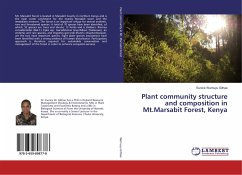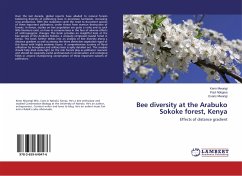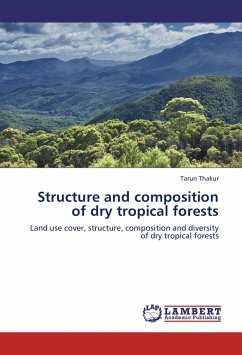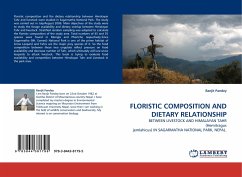Mt. Marsabit forest is located in Marsabit County in northern Kenya and is the main water catchment for the nearby Marsabit town and the immediate environs. The forest is an important refuge for several endemic, rare and threatened species. A total of 70 species have been identified, of which, 52 species are trees and shrubs, 12 herbs and 6 climbers. Rinorea convallaroides (Bak.f.) Eyles ssp. marsabitensis Grey-Wilson (Violaceae), an endemic and rare species, and Drypetes gerrardii (Hutch.) (Euphorbiaceae), are the two most important species. Eight plant species associations have been identified with a strong evidence of human disturbance. Participatory approach is therefore required for sustainable conservation and management of the forest in order to enhance ecosystem services.








